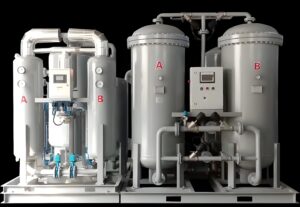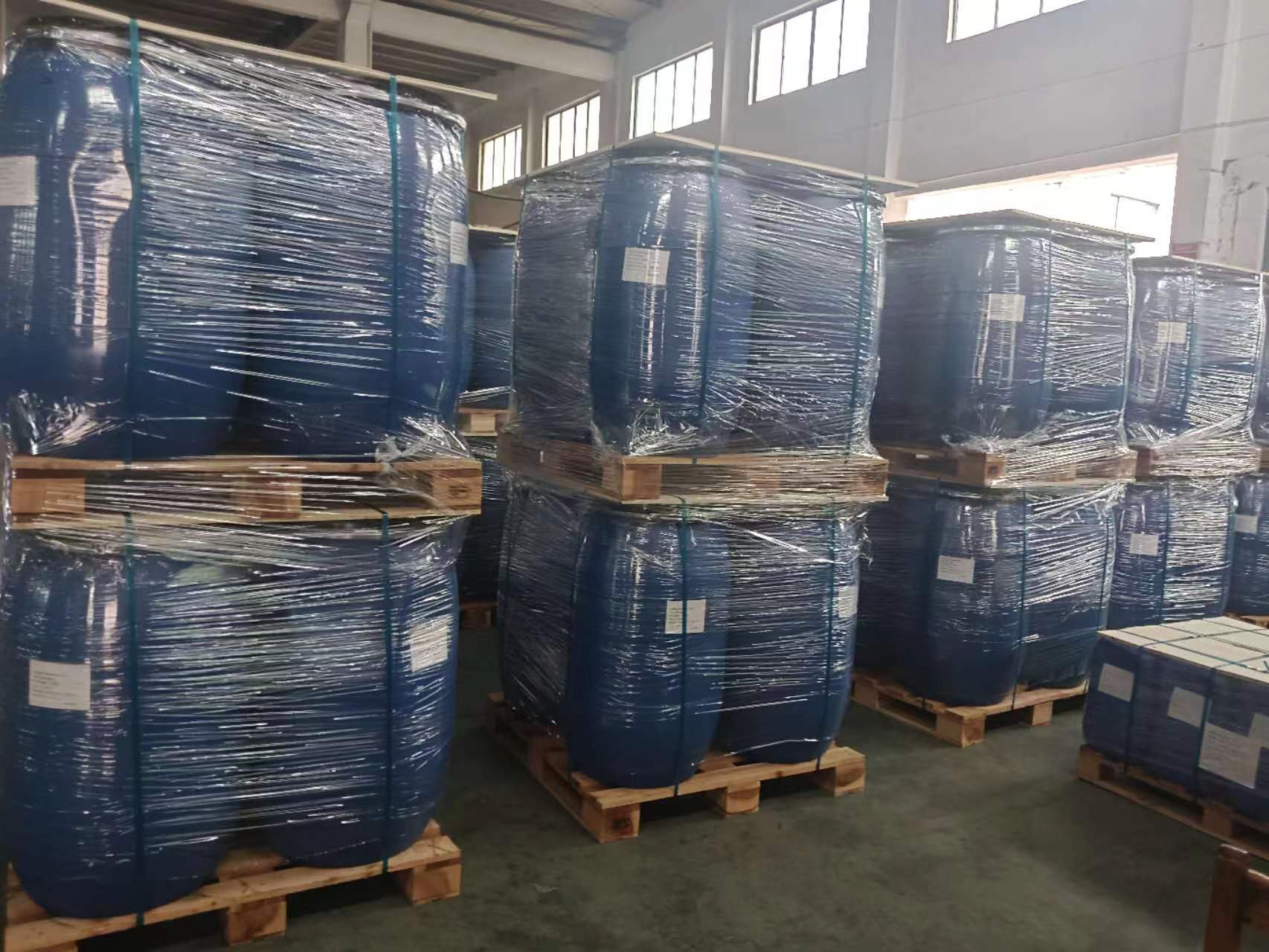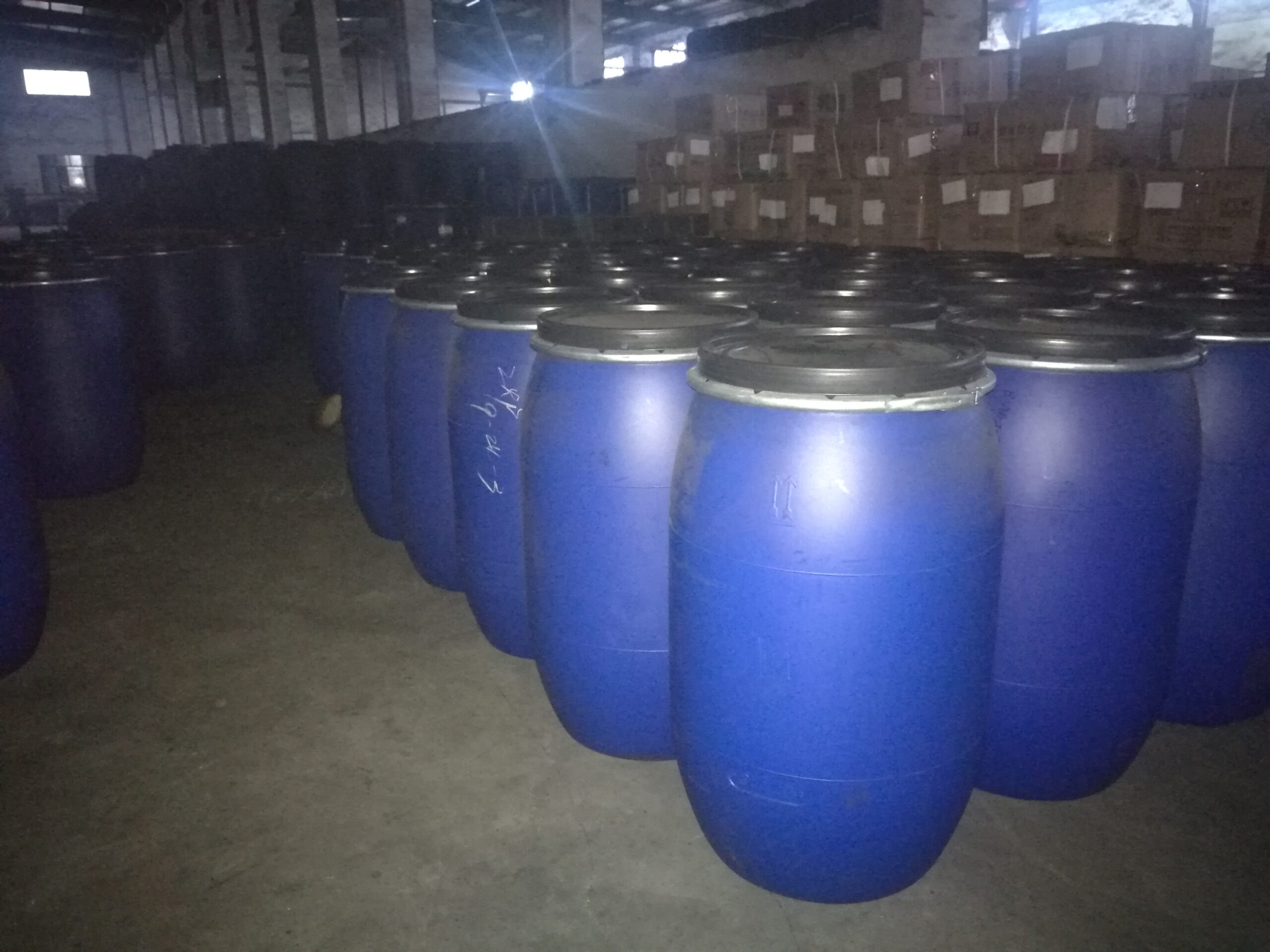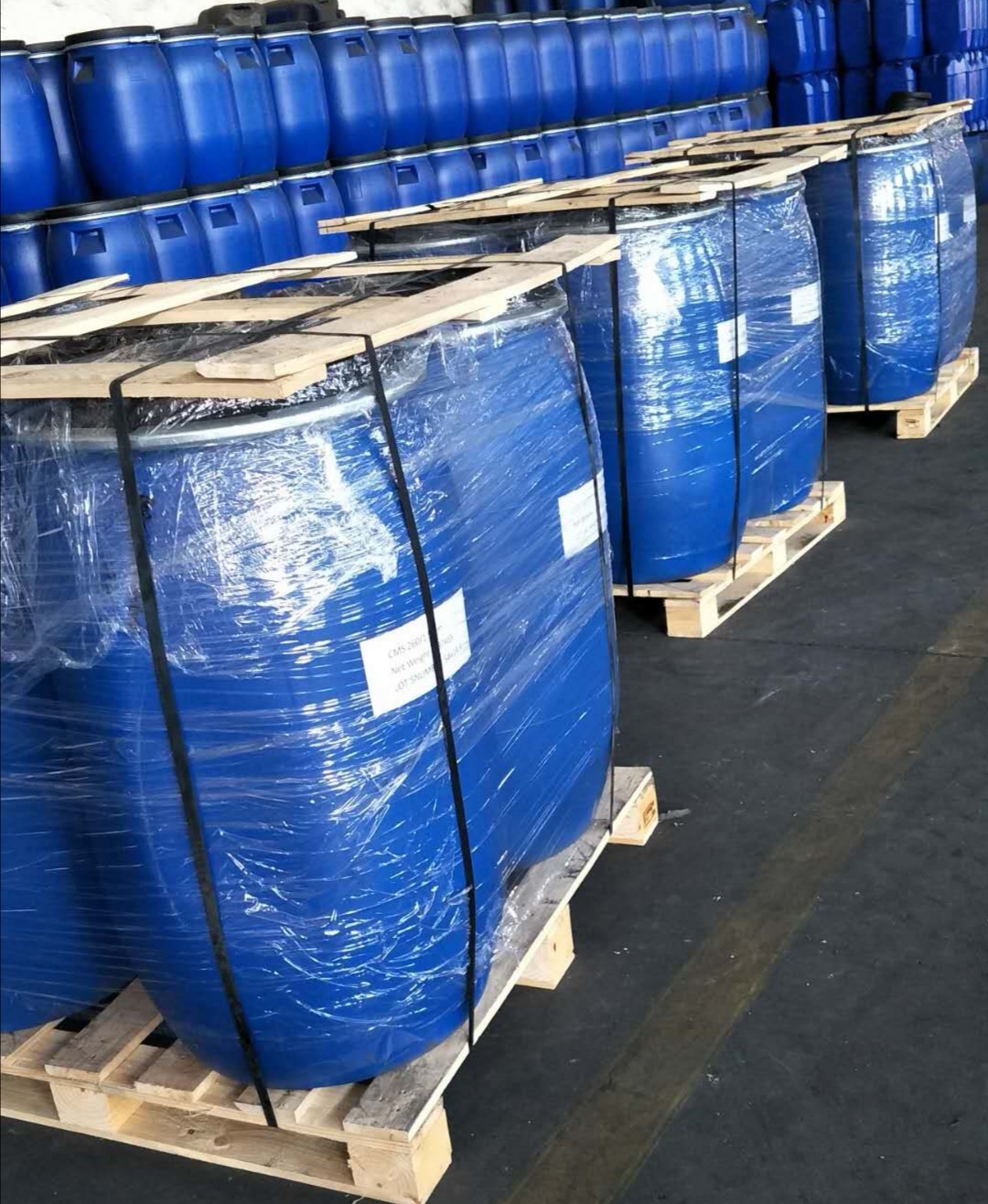How does a PSA nitrogen plant work?
一、Basic Working Principle of PSA Nitrogen Generator
The PSA nitrogen generator is a device that uses pressure swing adsorption technology to separate nitrogen from the air. Its core principle is to achieve the separation of oxygen and nitrogen through the selective adsorption of different gas molecules by carbon molecular sieves. Compressed air, after purification, enters an adsorption tower filled with carbon molecular sieves. Under high pressure, oxygen molecules, due to their smaller diameters, are preferentially adsorbed, while nitrogen molecules, because of their larger diameters, have a slower diffusion rate and thus are enriched in the gas phase to form high-purity nitrogen. When the adsorption tower is saturated, the adsorbent is desorbed and regenerated by reducing the pressure. The two adsorption towers work alternately to achieve continuous nitrogen production.

二、Detailed Explanation of the PSA Nitrogen Generator Process Flow
The complete process flow of a PSA nitrogen generator includes four main links: air compression, purification treatment, adsorption separation and nitrogen storage. First, the air compressor compresses the air to 0.8-1.0MPa, and then it passes through multi-stage filters, freeze dryers and other purification equipment to remove oil, water and dust. The purified compressed air enters the adsorption tower, where oxygen and nitrogen are separated under the action of carbon molecular sieves. The generated nitrogen is stabilized in the buffer tank and then output for use. The working cycle is divided into four stages: 1) Adsorption stage – Compressed air enters Tower A to adsorb oxygen and produce nitrogen; 2) Pressure equalization stage – The pressures of the two towers are balanced through valves; 3) Switching stage – The raw gas is switched to Tower B for operation; 4) Regeneration stage – The saturated Tower A releases the adsorbed oxygen through pressure reduction and reverse blowing. For example, when Tower A is in operation, Tower B simultaneously undergoes desorption and regeneration, and the oxygen inside the tower is blown out through the normally open back-blowing valve. This alternating cycle is achieved by the PLC precisely controlling the opening and closing sequence of the solenoid valve and the pneumatic valve. Each cycle lasts approximately 60 seconds.
- Air compression and pretreatment stage
The PSA nitrogen generator first compresses the ambient air to 0.7-1.0MPa through a screw air compressor. The compressed high-temperature air needs to undergo three-stage treatment: First, large particle impurities (with a precision of 3μm) are removed through a pre-filter. Then, the pressure dew point is reduced to 2-10℃ by a freeze dryer. Finally, the oil is deeply removed through a precision filter (0.01μm) and an activated carbon filter to ensure that the oil content of the air entering the adsorption tower is less than 0.001ppm. This pretreatment process is crucial for protecting carbon molecular sieves.
- Adsorption separation stage (taking the double-tower system as an example)
The purified compressed air enters the A adsorption tower (with A pressure of 0.6-0.8MPa). The carbon molecular sieves filled in the tower, with their microporous structure of 3- 5A, preferentially adsorb oxygen molecules (kinetic diameter 2.8 A), while nitrogen molecules (3.6 A) pass through the bed layer. This process lasts for approximately 60 seconds and can produce nitrogen with a purity of 95-99.9%. Meanwhile, Tower B is in the regeneration state: the pressure is reduced to normal pressure through the exhaust valve, the adsorbed oxygen is desorbed and discharged, and part of the product nitrogen is back-blown (about 15% of the gas production) to completely remove the residual oxygen.
- Pressure balancing and switching stage
Before Tower A reaches adsorption saturation (approximately 55 seconds), the system enters a 3-second pressure equalization period: The pressure of the two towers is balanced (approximately 0.4MPa) through the upper and lower pressure equalization valves. This design can save 30% of energy consumption. Immediately afterwards, the direction of the air flow was switched. The compressed air entered from the bottom of Tower B to start nitrogen production, and Tower A was transferred to the regeneration process. The PLC achieves seamless switching by controlling 10 to 12 pneumatic valves (such as the left intake valve PV101, right exhaust valve PV104, etc.), and the entire process is monitored in real time by pressure sensors and oxygen analyzers.
- Nitrogen post-treatment and output
The produced nitrogen first enters the buffer tank (with a volume of 2-3 times the gas production) to stabilize pressure fluctuations, and is then detected by an online oxygen analyzer (usually using an electrochemical sensor, with an accuracy of ±0.1%). Unqualified gases are discharged through the automatic vent valve, while qualified nitrogen is adjusted to the operating pressure (adjustable from 0.1 to 0.6MPa) through the pressure regulating valve. For ultra-high purity demands of over 99.999%, secondary purification devices such as deoxidation towers (hydrogenation catalysis) and adsorption dryers need to be added.
- Fully automatic control cycle
The entire process is programmed and controlled by PLC (such as Siemens S7-1200), completing A full working cycle every 2 minutes (adsorption in Tower A → pressure equalization → adsorption in Tower B → pressure equalization). The touch screen human-machine interface can display in real time parameters such as adsorption pressure curve, nitrogen purity trend (usually fluctuating < ±0.5%), cumulative gas production, etc., and has functions such as automatic alarm for insufficient purity and early warning of molecular sieve pulverization. The system can be started and stopped with just one click, enabling unattended operation.
Note: The actual process may vary depending on the design of different manufacturers.
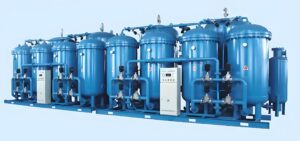
三、 Key Components and Technical Characteristics
The core components of a PSA nitrogen generator include a carbon molecular sieve adsorption tower, a pneumatic valve system and a PLC control system. Carbon molecular sieves are black columnar particles with a specific pore size distribution, and their microporous structure enables rapid adsorption of oxygen. The equipment adopts a unique molecular sieve dense filling technology and compression device to prevent the molecular sieve from pulverizing due to air flow impact. The control system operates fully automatically through programming and can adjust the purity of nitrogen (95%-99.999%), flow rate and pressure. Compared with the traditional cryogenic method, PSA technology has the advantages of fast gas production (15-30 minutes), low energy consumption and high degree of automation.
四、 Application fields and performance advantages
PSA nitrogen generators are widely used in fields such as metal heat treatment, chemical production, food preservation, pharmaceutical packaging, and electronic manufacturing. Its performance advantages are reflected in: The raw materials are taken from the air and are inexhaustible; The adjustable range of purity is wide (95%-99.999%). The equipment has a compact structure and occupies a small area. It starts up quickly (gas can be produced within 10 to 15 minutes); The operating cost is only the electricity consumption of the air compressor. The specially designed skid-mounted model can also be plug-and-play, meeting the flexible gas usage demands of different industries.
